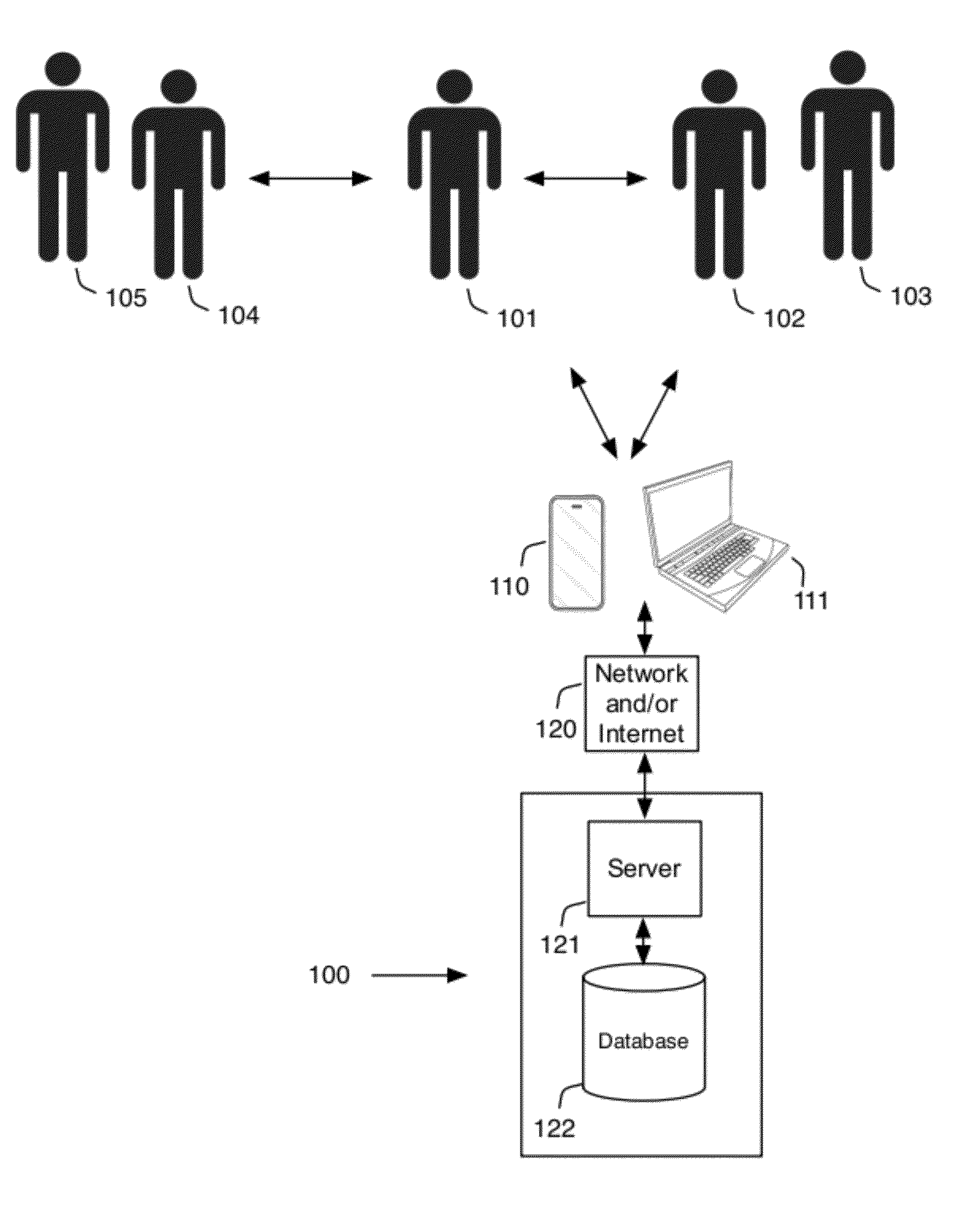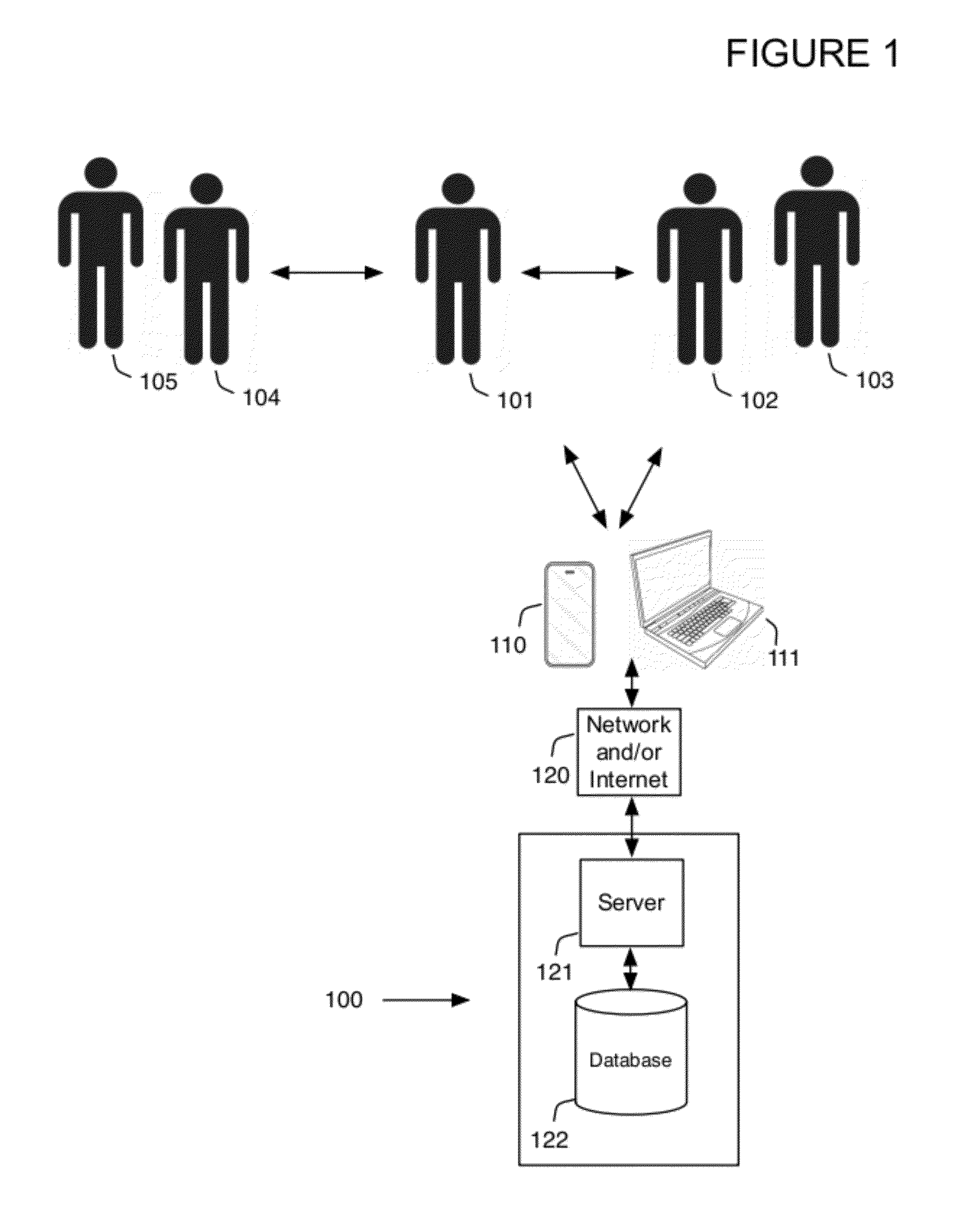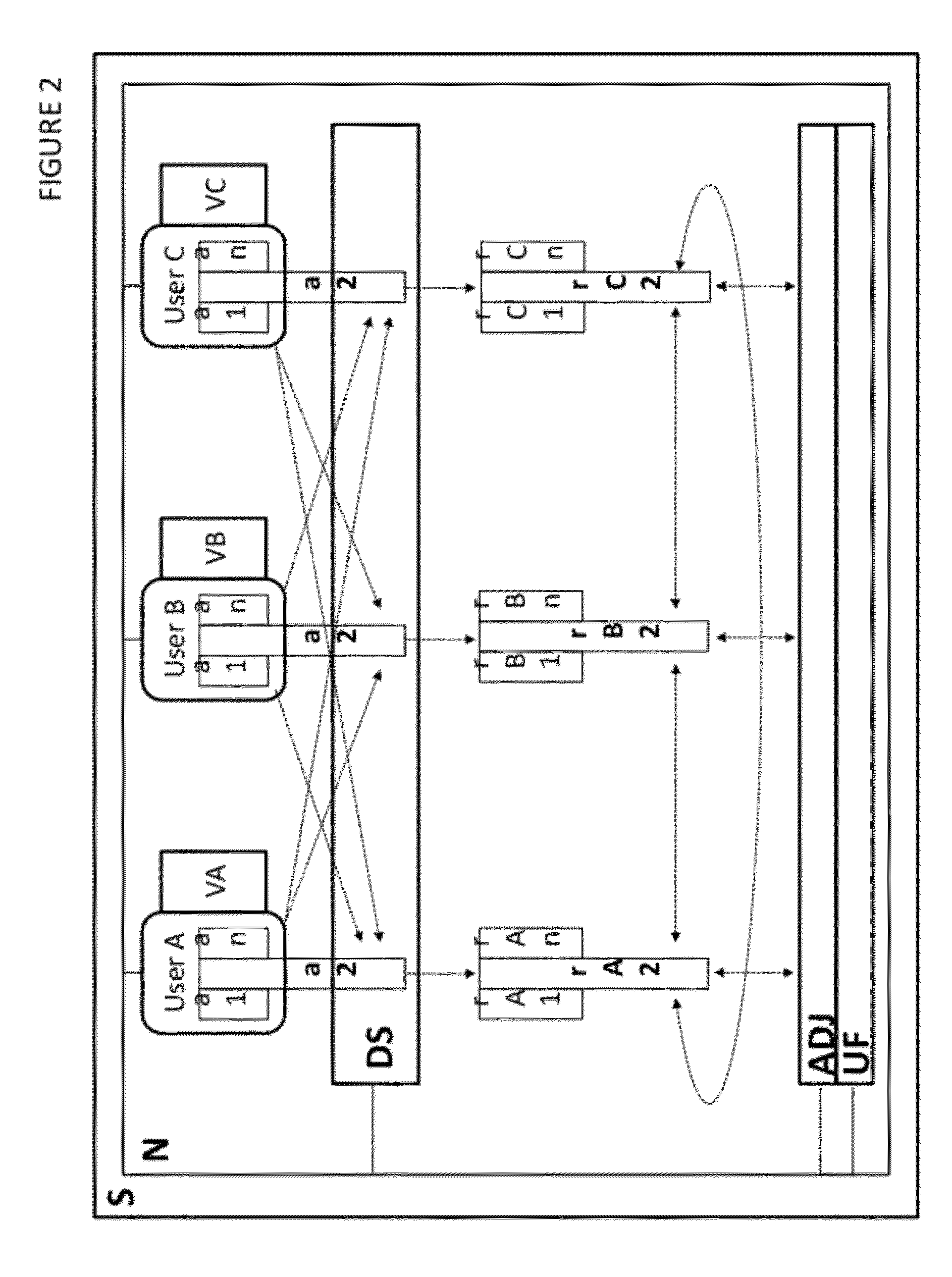Enhanced search system and method based on entity ranking
a search system and ranking technology, applied in the field of computer systems, can solve the problems of reducing the usefulness of search, unable to conduct searches based on the reputation of information sources, and generally not offering searchers any means, so as to improve the relevance of such implementations, improve search results, and facilitate the effect of finding
- Summary
- Abstract
- Description
- Claims
- Application Information
AI Technical Summary
Benefits of technology
Problems solved by technology
Method used
Image
Examples
Embodiment Construction
[0060]An enhanced search system and method based on entity ranking will now be described. In the following exemplary description numerous specific details are set forth in order to provide a more thorough understanding of embodiments of the invention. It will be apparent, however, to an artisan of ordinary skill that the present invention may be practiced without incorporating all aspects of the specific details described herein. In other instances, specific features, quantities, or measurements well known to those of ordinary skill in the art have not been described in detail so as not to obscure the invention. Readers should note that although examples of the invention are set forth herein, the claims and the full scope of any equivalents are what define the metes and bounds of the invention.
[0061]FIG. 1 illustrates an architectural view of an embodiment of the invention. As shown, users 101 and 102 may utilize mobile computer 110 such as a cell phone, or computer 111 to vote on a...
PUM
 Login to View More
Login to View More Abstract
Description
Claims
Application Information
 Login to View More
Login to View More - R&D
- Intellectual Property
- Life Sciences
- Materials
- Tech Scout
- Unparalleled Data Quality
- Higher Quality Content
- 60% Fewer Hallucinations
Browse by: Latest US Patents, China's latest patents, Technical Efficacy Thesaurus, Application Domain, Technology Topic, Popular Technical Reports.
© 2025 PatSnap. All rights reserved.Legal|Privacy policy|Modern Slavery Act Transparency Statement|Sitemap|About US| Contact US: help@patsnap.com



